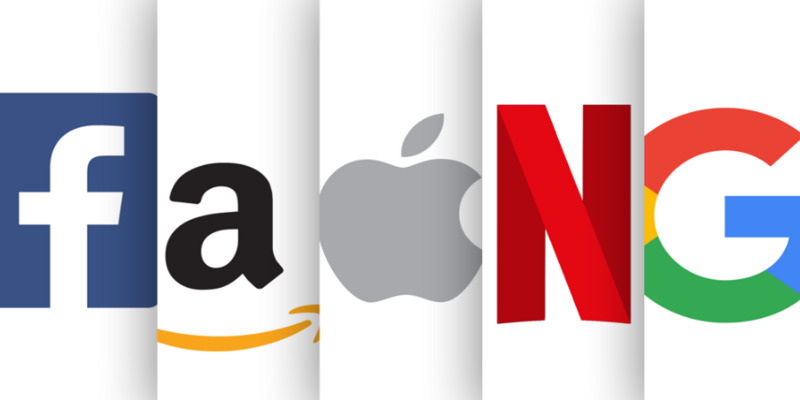Everything that your company holds might be considered an asset. Everything from stock to buildings to photocopiers falls under the category of "tangible assets." Meanwhile, intangible assets include a company's trademarks, domain names, and goodwill that cannot be touched yet have worth.
An organization's intangible assets can sometimes outweigh its physical ones. Consider businesses primarily focusing on creating services rather than real goods, such as online platforms or software. Consider also technological, social, and community platforms whose primary assets are their user base, brand recognition, and network effects.
Tangible Assets

In contrast to intangible assets, tangible assets can be seen and touched by both the firm and its stakeholders. Properties, plants, and equipment are examples of physical assets. The ability to generate products and services keeps businesses afloat, which is why tangible assets are so crucial. Natural disasters pose a risk to tangible goods because of their physical nature.
Types of Companies With Tangible Assets
Companies with many physical assets may be found in many different sectors.
Manufacturing
For example, automobile and steel manufacturers have physical products and other assets they can touch and measure. Assets might include the factory's machinery, IT infrastructure, and physical structures.
Technology
Smartphone, computer, and electrical manufacturers employ physical facilities to assemble their wares.
The Oil and Gas Sector
Companies operating in the oil and gas sector also tend to have substantial holdings of physical fixed assets. For instance, those in the oil industry typically have their own rigs and other drilling equipment. Oil corporations must invest vast sums of money in acquiring their physical plant and equipment.
Intangible Assets
Long-lasting businesses often have intangible assets that are not tangible. Valuing intangible assets, typically intellectual property may be tricky because of the unpredictability of their future earnings. Intangible assets are those that a firm does not physically possess but contribute to its value or worth in the long run. The balance sheet is the first place where investors, creditors, and banks may get an idea of the worth of a business.
Types of Companies With Intangible Assets

Companies in a variety of sectors have a disproportionate amount of intangible assets. The following are some of them:
Technology
Copyrights, patents, crucial staff, and R&D are all intangible assets that are extremely important to technology firms, especially computer corporations. In general, Apple Inc. (AAPL) would have intangible assets.
Entertainment
In the media and entertainment industry, intangible assets include publication rights and key talent employees. As an example of an intangible asset, consider a musician's copyrights to their whole discography. Singers and musicians may also build a name for themselves in the marketplace.
Consumer
In increasingly competitive industries, intangible assets such as patents on formulae and recipes and brand name awareness are invaluable to consumer goods and service firms. Coca-Cola Company is a prime example of a company that has made substantial use of intangible assets to fuel its success and growth. The company's well-known brand name is worth an amount nearly impossible to put a price on.
What Is the Distinction Between Tangible and Intangible Assets?
If a person can physically handle an item, it is considered tangible, while an asset that cannot be physically handled is considered intangible. In today's world, however, when digital goods like applications and influence may fetch higher prices than tangible ones like spark plugs or apples, the distinction is not necessarily black and white.
There are two types of tangible assets: movable and immovable assets. Everyday activities rely on current assets, which are depleted or converted to cash within a year. Larger and potentially depreciating assets are known as "fixed assets" and include land, buildings, and heavy machinery.
There are two types of intangible assets, similar to physical ones: definite and indefinite. In contrast to indefinite intangibles, which do not have an expiration date, definite intangibles do. The two kinds of assets are illustrated here.
Methods Used to Estimate Worth
An item's value may be easily determined by its market value. For instance, a new automobile at a dealership's display lot will sell for a certain price, and its value will decrease by a certain percentage each year. The price of a barrel of oil, for example or a share of stock can change over time, but these variations can be accounted for through study and verification.
In the pharmaceutical industry, for instance, the expected sales of a new medicine might help determine the market value of the patent for that drug. Furthermore, the value of a patent may be easily amortized over time due to its short duration.
Summary
It's important to note that while both types of assets have value, tangible assets are more easily valued and converted into cash than intangible ones. Therefore, firms need to have both physical and intangible assets. Whether you plan on getting a loan or anticipate a time when you'll need cash quickly, this is crucial.




